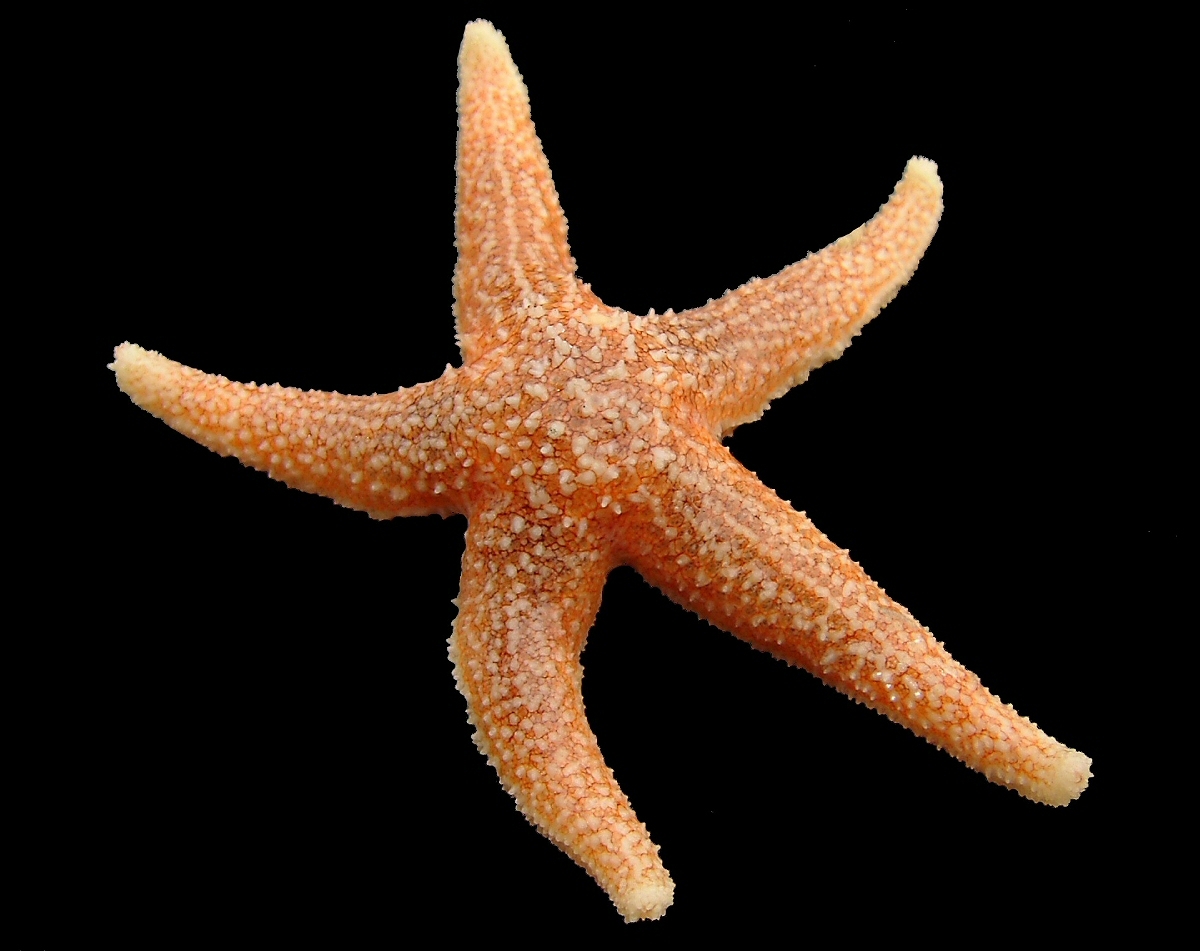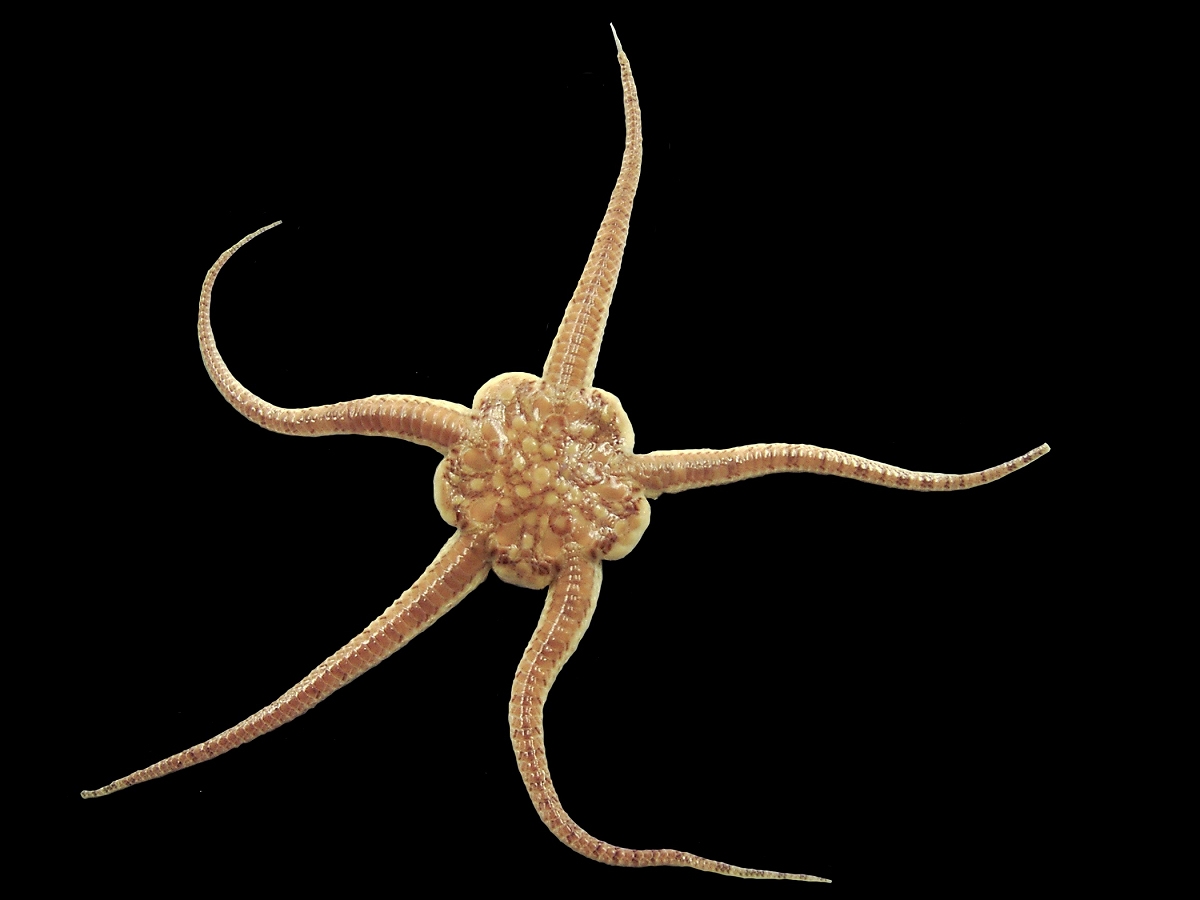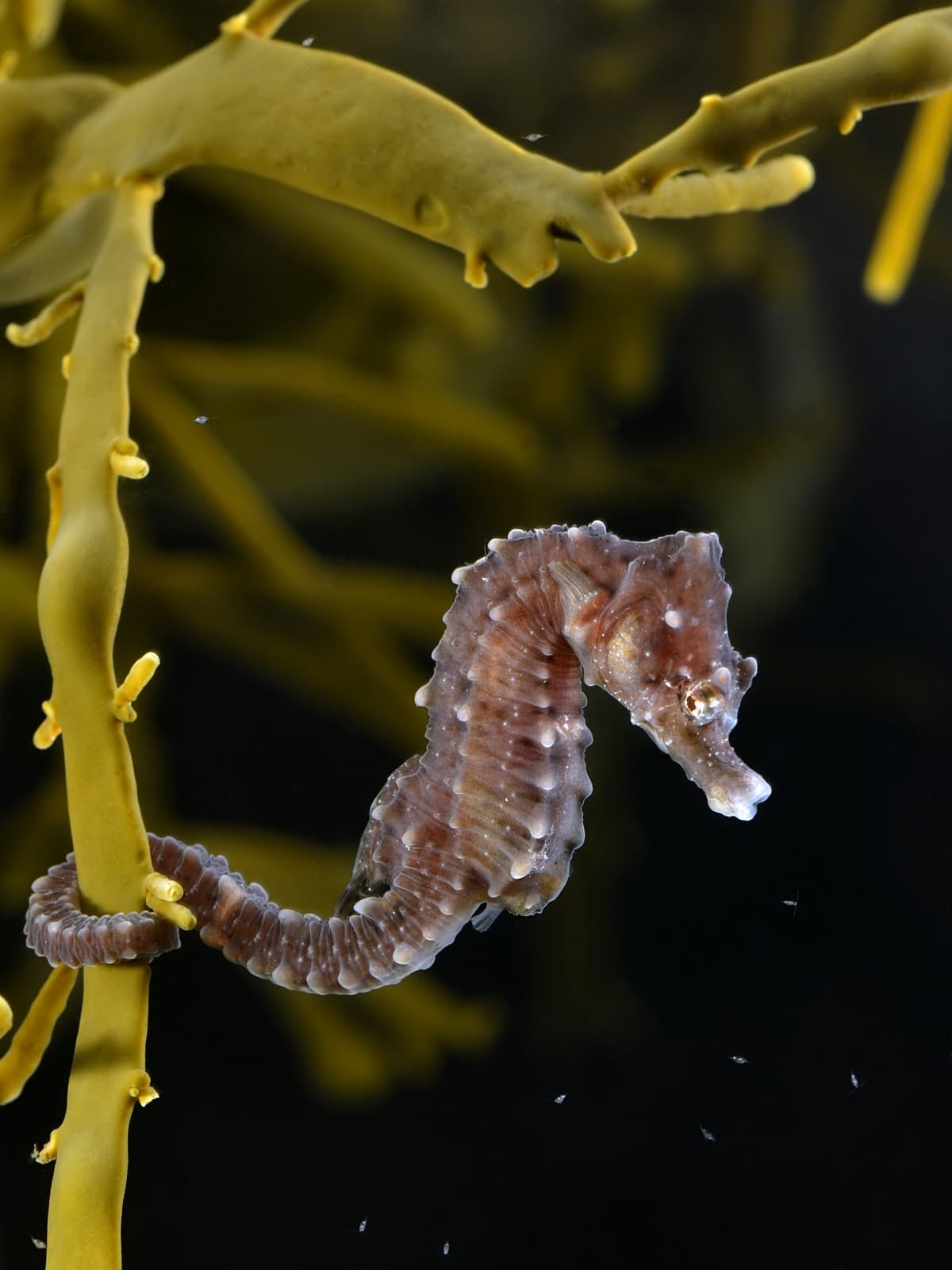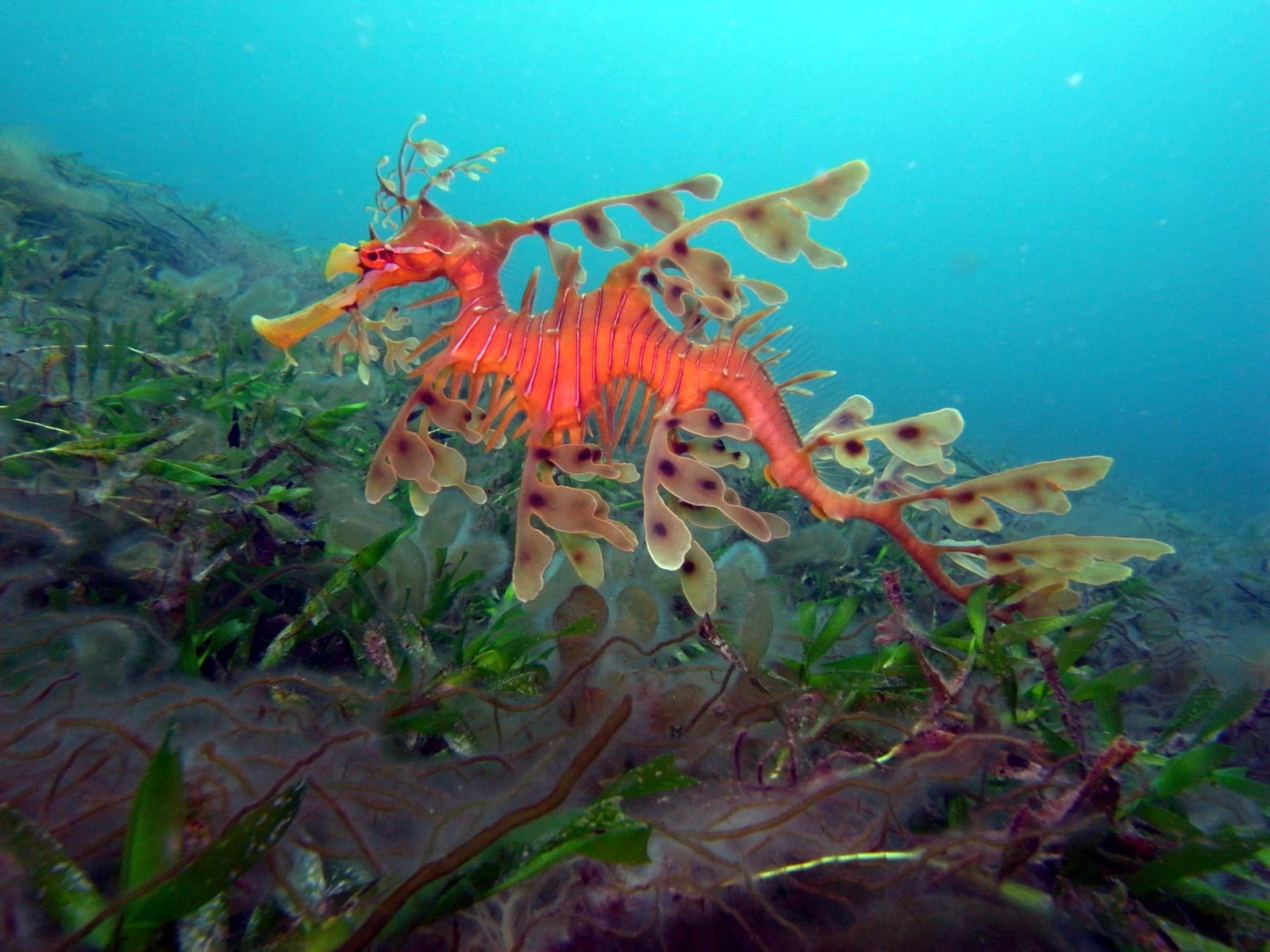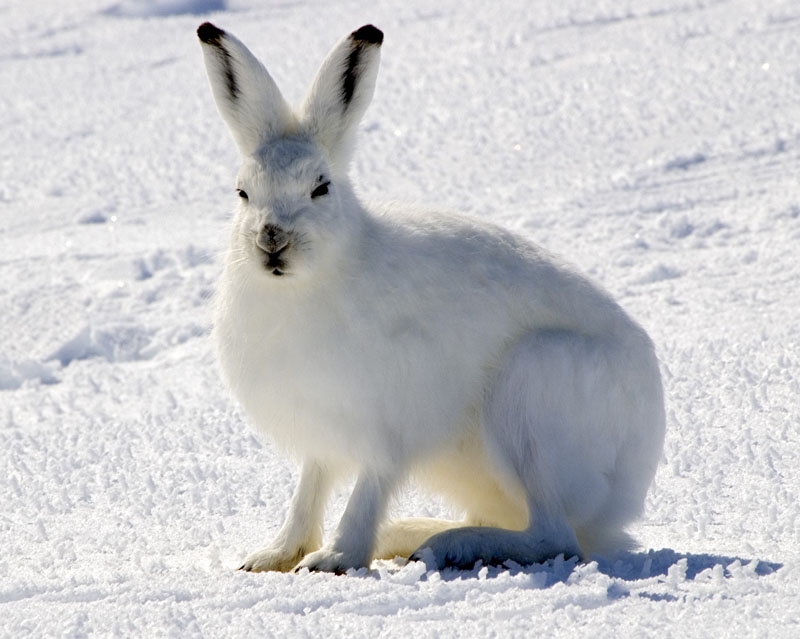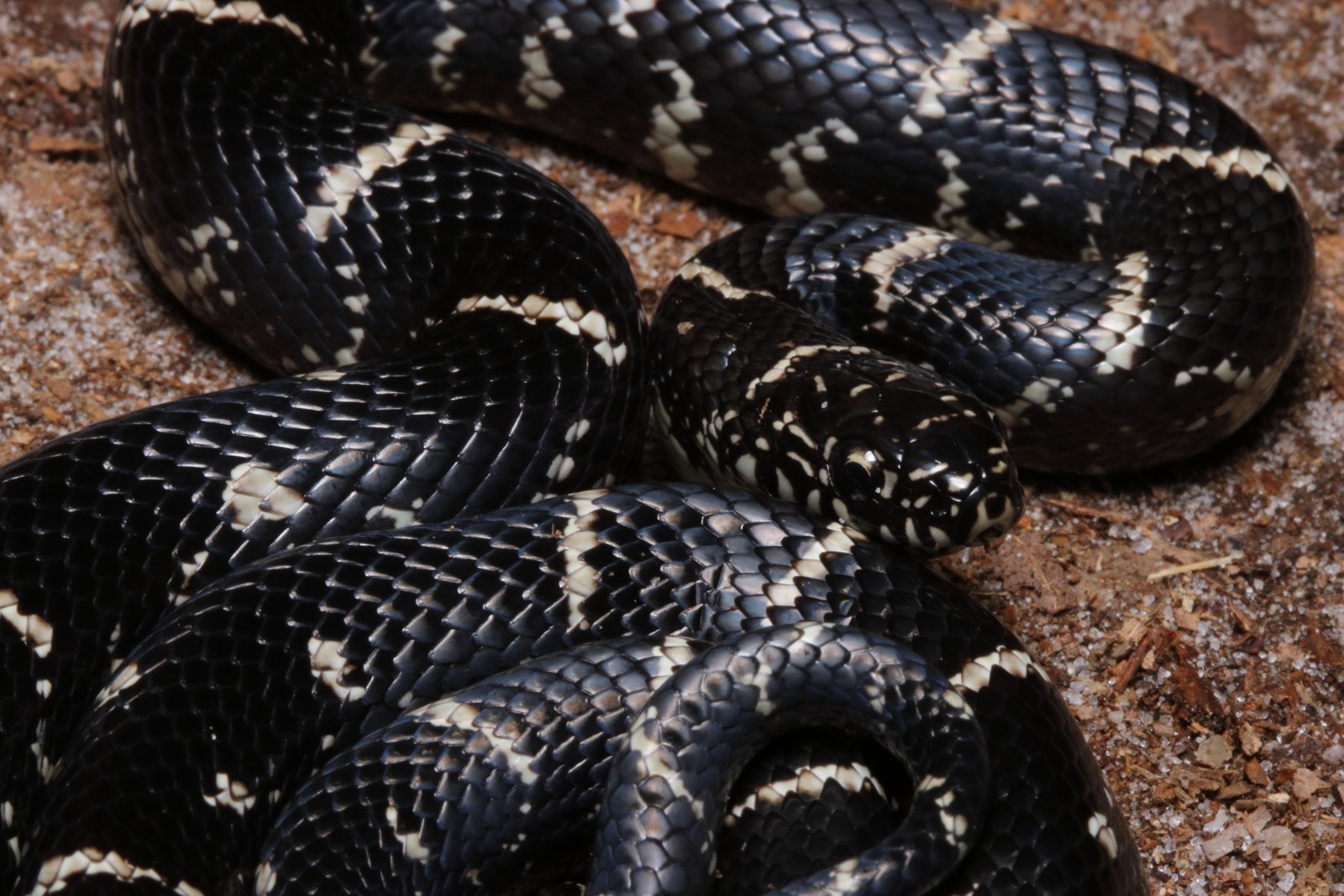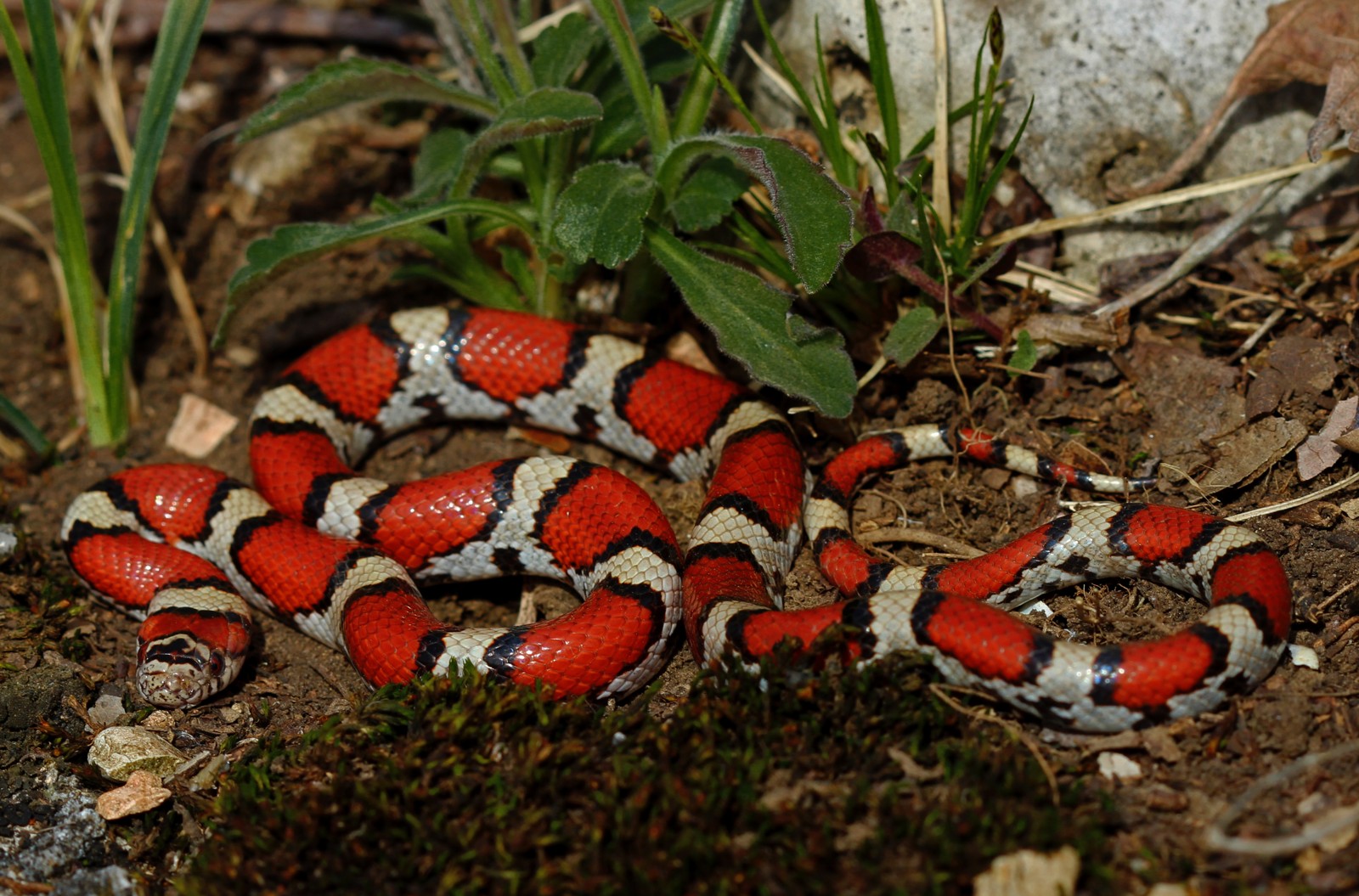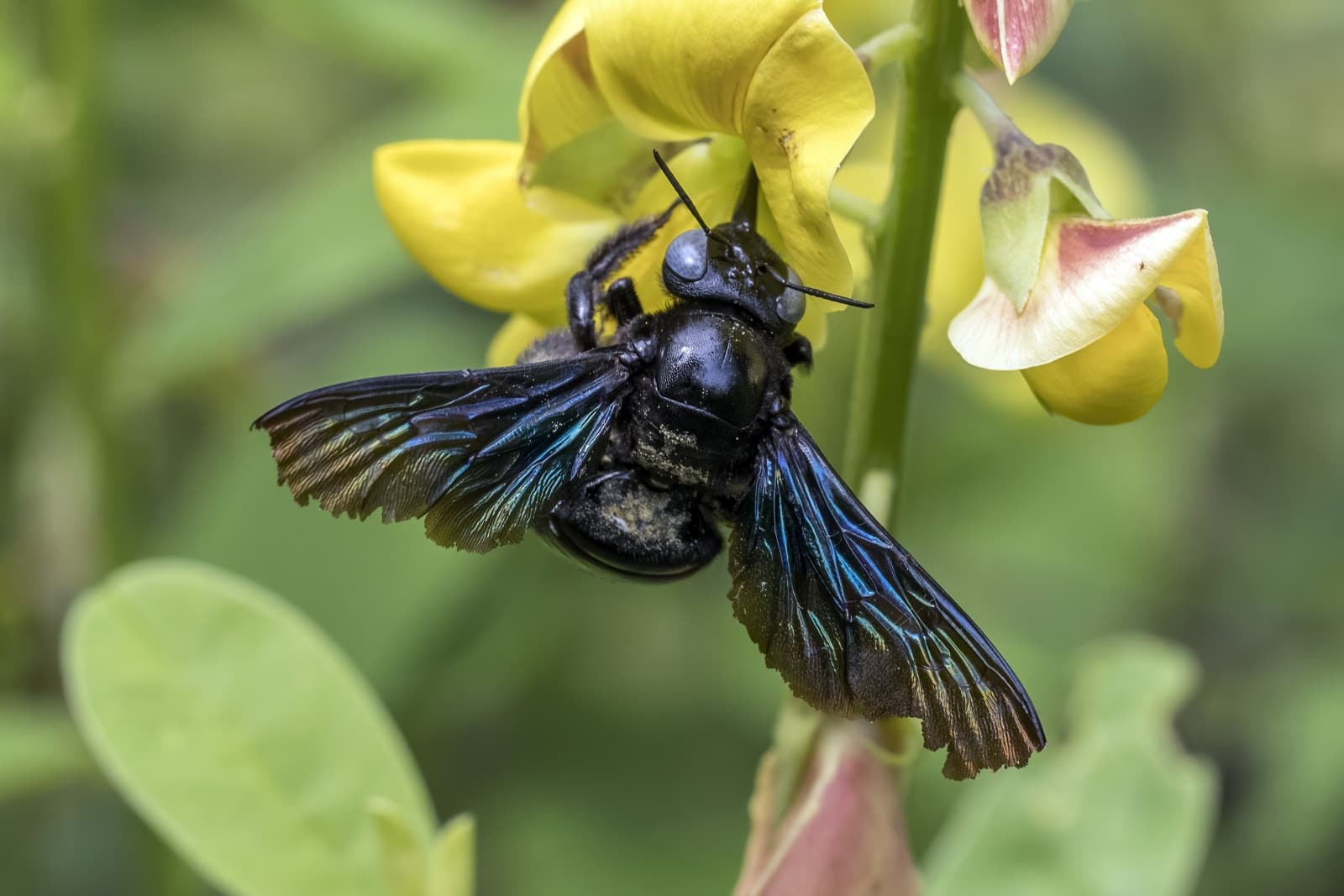Sea Cucumber vs Starfish: A Complete Comparison
While sea cucumbers and starfish might both be echinoderms, these marine relatives couldn’t be more different in their approach to ocean life. Sea cucumbers, with their soft, elongated bodies reaching lengths up to 6.5 feet (2 meters), contrast sharply with the rigid, star-shaped anatomy of starfish, which typically span 4-11 inches (10-28 cm) across.
These fascinating creatures showcase evolution’s diverse solutions to deep-sea survival. Where sea cucumbers opt for a flexible, worm-like body perfect for seafloor scavenging, starfish developed a hardy external skeleton and distinctive radial symmetry ideal for hunting and defense.
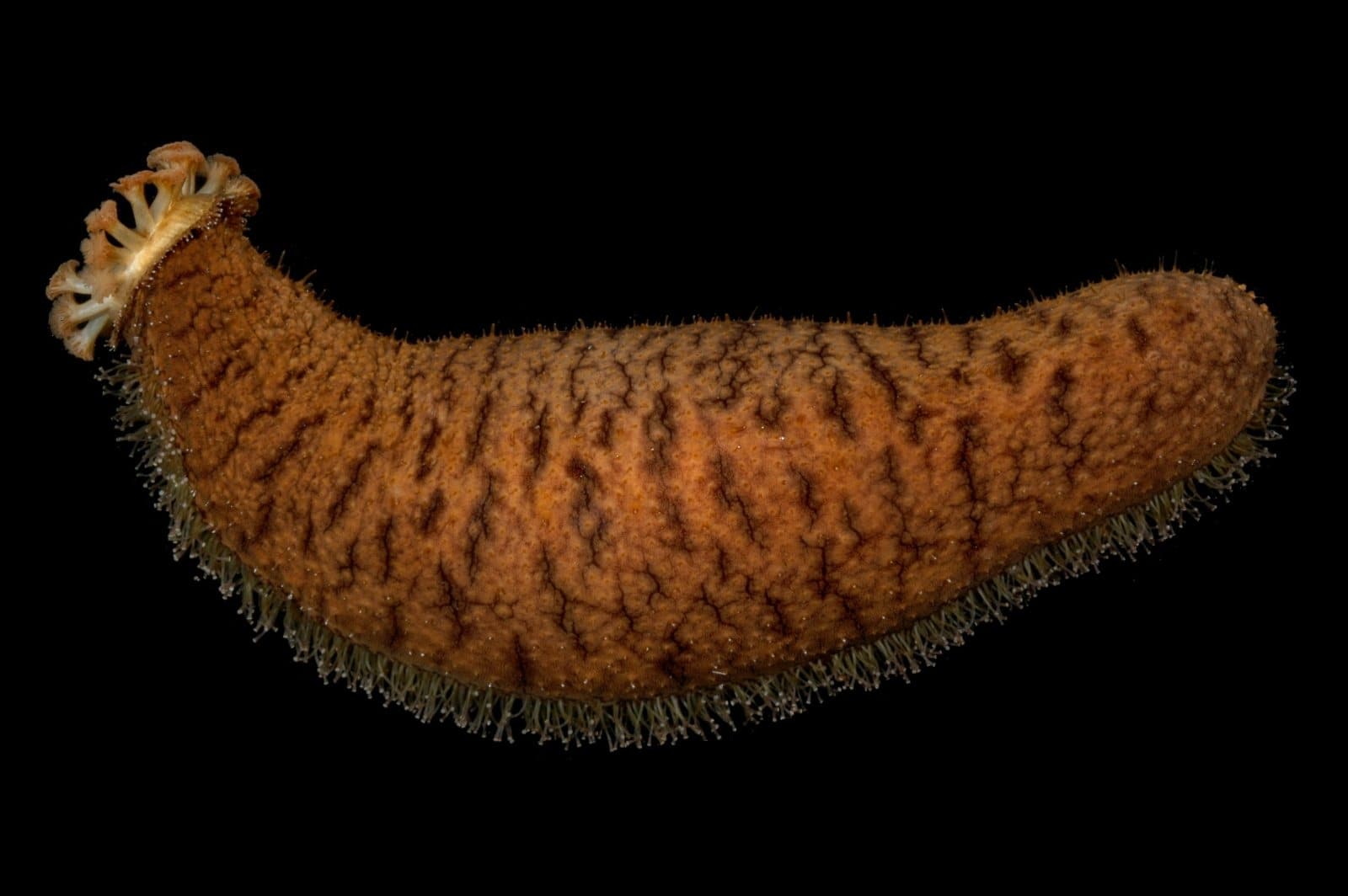
© François Michonneau / CC BY 3.0
The California sea cucumber displays its characteristic elongated form, showcasing the unique adaptations that set it apart from its starfish cousins. Note the distinctive feeding tentacles and the textured body surface that aids in movement and respiration.
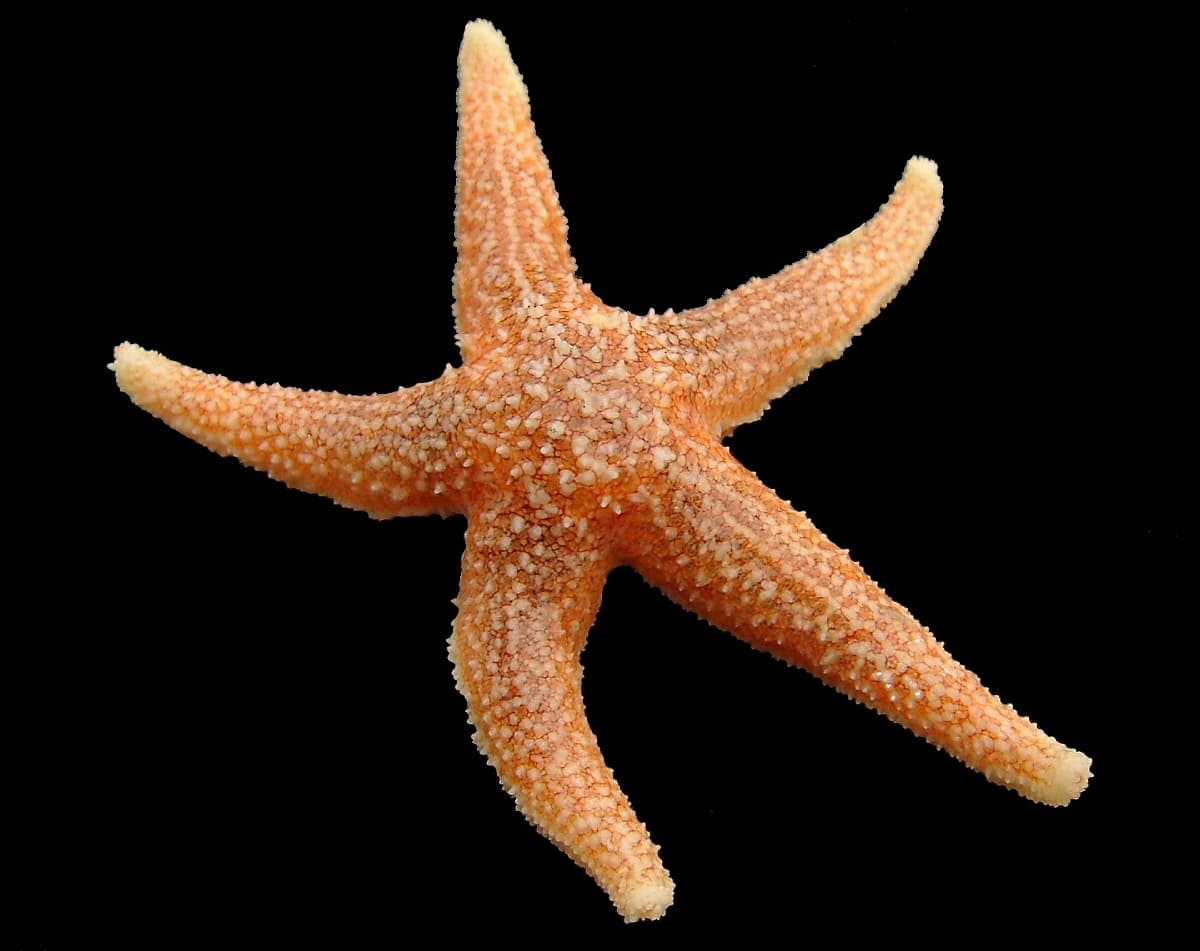
© Hans Hillewaert / CC BY-SA 4.0
The common starfish exemplifies the classic five-armed design that characterizes most species, with its robust exoskeleton and distinctive radial symmetry setting it apart from the soft-bodied sea cucumber.
Key Differences Between Sea Cucumbers and Starfish
| Feature | Sea Cucumber | Starfish |
|---|---|---|
| Body Structure | Soft, elongated, cylindrical | Hard, star-shaped, flattened |
| Size Range | 0.75-6.5 feet (2cm-2m) | 4-11 inches (10-28cm) |
| Movement Method | Muscular contractions & tube feet | Hydraulic tube feet system |
| Defense Mechanism | Expels internal organs | Regenerates lost arms |
| Feeding Style | Filter feeding or deposit feeding | Predatory, stomach eversion |
| Habitat Depth | Surface to 16,000 feet (5,000m) | Surface to 6,000 feet (1,830m) |
Anatomy and Movement
Sea cucumbers possess a unique, leathery body wall containing tiny ossicles, allowing them to contract and expand for movement. Their body houses a complex respiratory tree system that exchanges gases with seawater. In contrast, starfish maintain a rigid calcium carbonate skeleton with a distinctive five-armed structure, using hundreds of tube feet for precise movement and prey capture.
Feeding Strategies and Diet
While sea cucumbers primarily act as nature’s vacuum cleaners, extending their tentacles to catch floating particles or sifting through sediment for organic matter, starfish are active predators. Using their remarkable ability to evert their stomachs, starfish can digest prey outside their bodies – a capability that sea cucumbers lack entirely.
Defense Mechanisms
Perhaps the most striking difference between these creatures lies in their defense strategies. Sea cucumbers employ a fascinating yet bizarre tactic called evisceration, expelling their internal organs to distract predators before regenerating them over several weeks. Starfish, however, rely on their tough exterior and can sacrifice and later regenerate entire arms when threatened.
Habitat and Distribution
Both animals show remarkable adaptability across marine environments, but sea cucumbers generally venture into deeper waters, found at depths up to 16,000 feet (5,000m). Starfish typically remain in shallower waters, rarely exceeding depths of 6,000 feet (1,830m).
Who Would Win in a Confrontation?
In a theoretical encounter, the starfish would likely emerge victorious. Its predatory nature, combined with a more robust defensive structure and superior mobility, gives it significant advantages over the slow-moving, soft-bodied sea cucumber. However, such confrontations rarely occur in nature, as these creatures occupy different ecological niches.
Conservation Status and Environmental Impact
Both sea cucumbers and starfish face increasing pressure from human activities, particularly ocean acidification and commercial harvesting. Sea cucumbers are especially vulnerable due to their popularity in Asian markets, with some species now endangered. Their distinct roles in marine ecosystems make both animals crucial for maintaining ocean health.
Ecological Importance
These echinoderms serve vital yet different roles in marine ecosystems. Sea cucumbers function as essential bioturbators, processing sediment and recycling nutrients. Starfish, as predators, help maintain population balance in their communities, preventing any single species from dominating the ecosystem.
Through understanding these fascinating differences between sea cucumbers and starfish, we gain deeper insight into the incredible diversity of marine life and the various evolutionary strategies that have emerged to tackle the challenges of ocean survival.
